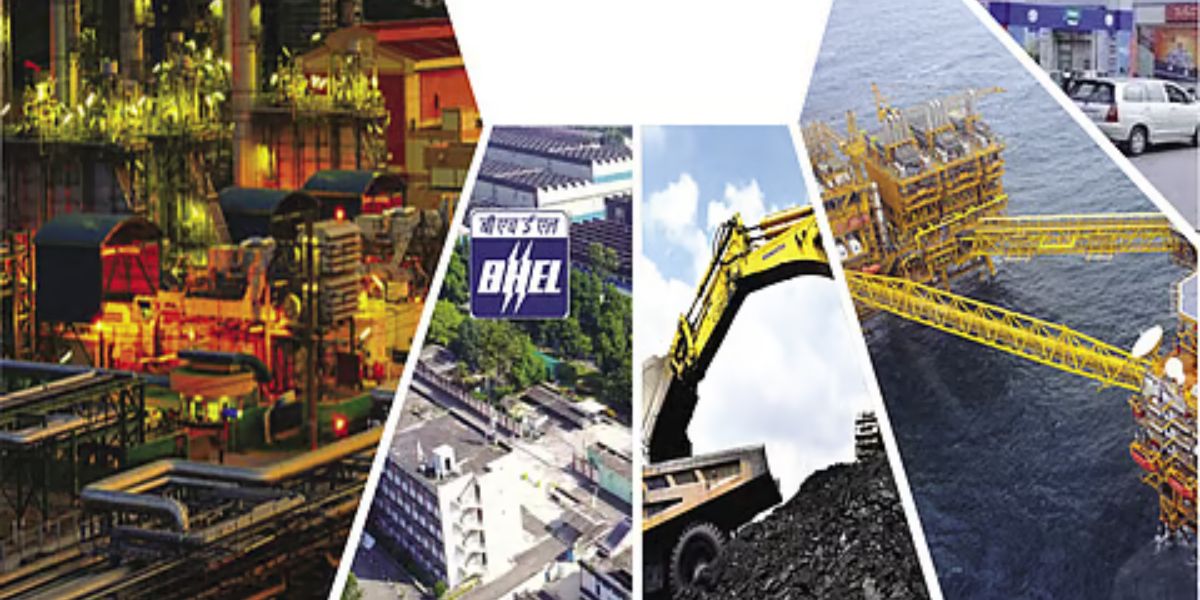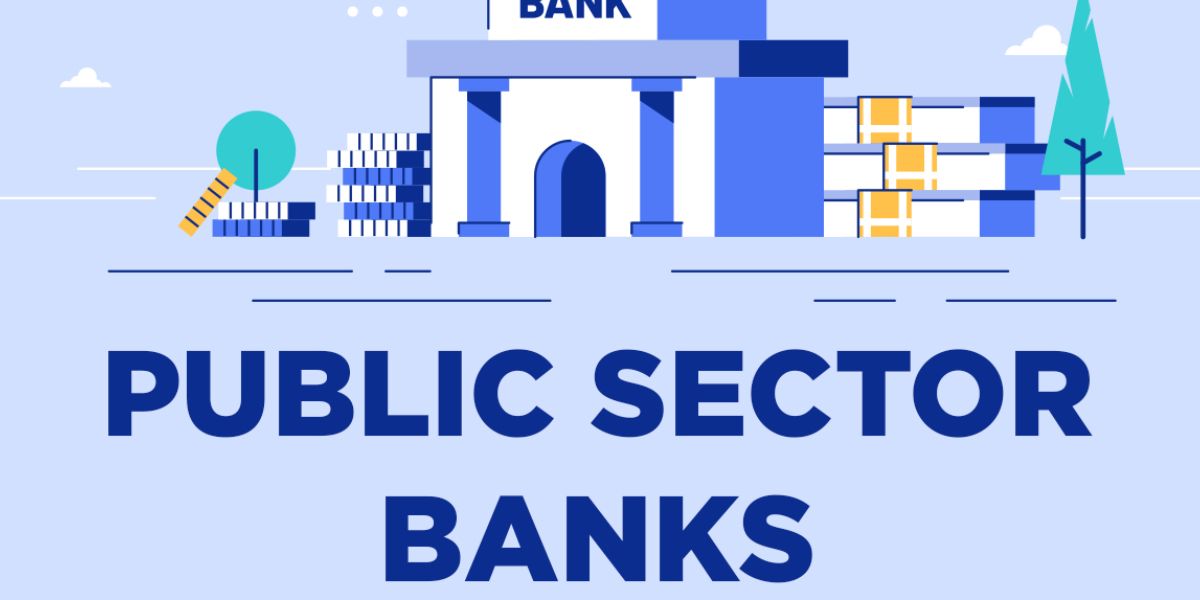India’s public sector undertakings (PSUs) enter FY 2025–26 with a sharper focus on profitability, productivity, and governance. From asset monetization and capital expenditure to digital transformation and workforce renewal, revival playbooks are being tailored sector-by-sector. Here’s a structured look at what’s likely on the table and how execution might unfold over the next four quarters.
Why PSU Revival Matters in FY 2025
PSUs remain crucial to infrastructure build-out, energy security, financial inclusion, and employment. After multiple cycles of restructuring, the policy thrust now leans toward turnaround with accountability—cleaner balance sheets, targeted investments, and faster decision-making. The immediate goal: lift operating margins, improve return on capital, and reduce legacy drags without compromising national objectives.
Table of Contents
Capital Allocation: Where Growth Money Will Go
Priority Capex Themes
- Energy and Resources: Brownfield expansions in oil & gas, coal logistics, and downstream petrochemicals; accelerated investments in renewables, green hydrogen, and gas pipeline connectivity.
- Transportation & Logistics: Port modernization, rail freight upgrades, and last-mile warehousing to cut logistics costs.
- Digital Public Infrastructure: Core banking upgrades at PSU banks, AI/analytics layers, cyber-resilience, and digital customer journeys.
What to Watch
- Capex utilization rates in Q2–Q3 of FY 2025–26.
- Project IRR discipline and time/cost-overrun dashboards.
Asset Monetization & Strategic Sales
Monetization Pipeline
Expect a renewed push to unlock non-core land, housing colonies, excess warehousing, telecom fiber, and tower assets. The idea is to recycle capital from idle holdings into productive capex, while tightening post-transaction service-level metrics.
Strategic Sales
Select loss-making or sub-scale subsidiaries could see strategic stake sales or management partnerships. The emphasis will be on transparent valuations, labor transition frameworks, and clear post-deal performance obligations.
Turnaround Playbooks for Loss-Makers
Operational Levers
- Procurement reform: E-tendering, tighter vendor SLAs, and should-cost models to reduce leakage.
- Working capital discipline: Inventory norms, receivable days caps, and automated collections.
- Cost of energy: Captive renewables, waste-heat recovery, and time-of-day optimization for power-intensive PSUs.
- Product mix reset: Focusing on high-margin SKUs and sunsetting unviable lines.
Financial Levers
Debt reprofiling where cash flows are credible; contingent liability cleanup; and selective sale-and-leaseback to lighten balance sheets without starving growth.
Governance, Compliance, and ESG
Board & Audit Strengthening
Boards are expected to deepen risk committees, expand audit independence, and link variable pay to ESG and safety outcomes. Expect tighter disclosure on related-party transactions and capex gates.
ESG as a Revival Catalyst (H3)
- Scope 1–3 footprints mapped for energy-heavy PSUs.
- Uptake of green bonds for eligible projects.
- Water stewardship and just transition plans in mining and thermal assets.
These moves can lower the cost of capital, open new pools of sustainability-linked funding, and de-risk long-term valuations.
Digital & Technology Modernization
Core Modernization
Legacy ERPs and control systems are slated for cloud-ready upgrades, with cybersecurity and OT protection front-and-center—especially in energy, ports, and railways.
Analytics at the Edge
- Predictive maintenance to cut downtime in plants and rolling stock.
- AI-assisted fraud detection in PSU banking and insurance.
- Digital twins for ports, pipelines, and refineries to optimize throughput and safety.
People Strategy: Skills, Incentives, and Lateral Talent
Workforce Plans
Revival depends on skill renewal: recruiting data scientists, safety engineers, green-chemistry specialists, and cyber professionals; upskilling existing staff in lean operations and digital tools.
Incentives & Culture
Expect expanded KPI-linked variable pay tied to productivity, safety, and customer metrics; revamped appraisal systems; and leadership bootcamps for plant and branch heads to speed execution.
Sector Snapshots for FY 2025
Energy & Steel
- Push on efficiency retrofits, fuel flexibility, and carbon intensity reduction.
- Select partnerships for green hydrogen pilots and scrap-based steel pathways.
Transport & Logistics
- Port capacity expansion with digitized gate ops and smart berthing.
- Rail freight modernization, multimodal hubs, and faster wagon turnarounds.
PSU Banking
- Credit growth aligned to MSME, infrastructure, and green projects.
- Elevated focus on asset quality, collections, and analytics-based underwriting.
Risks That Could Derail Revival
- Commodity volatility hitting input costs and margins.
- Execution slippage in large capex programs.
- Policy uncertainty or delayed approvals at state/local levels.
- Cyber threats to critical infrastructure and financial systems.
Mitigations include hedging frameworks, milestone-based vendor payouts, single-window clearances, and red-team cyber drills.
What Success Looks Like by Year-End FY 2025–26
- Sustained EBITDA uplift in targeted PSUs.
- Higher capacity utilization and improved cash conversion cycles.
- Monetization targets met with minimal service disruption.
- Tangible progress on ESG metrics and reduced incident rates.
- Measurable customer NPS gains in PSU banking and services.










